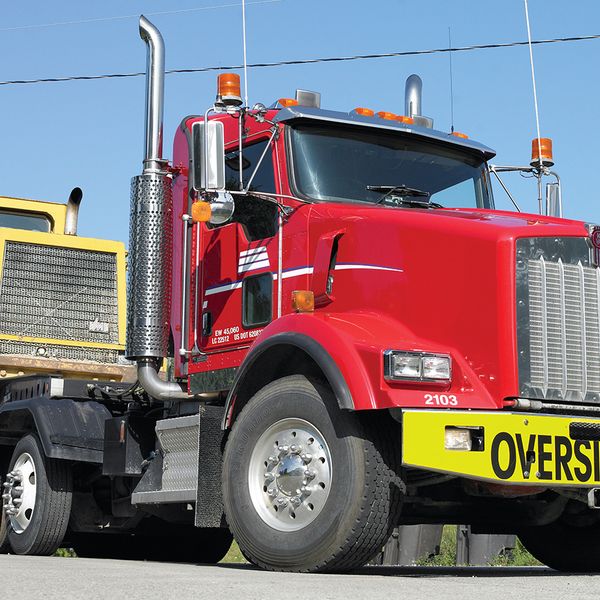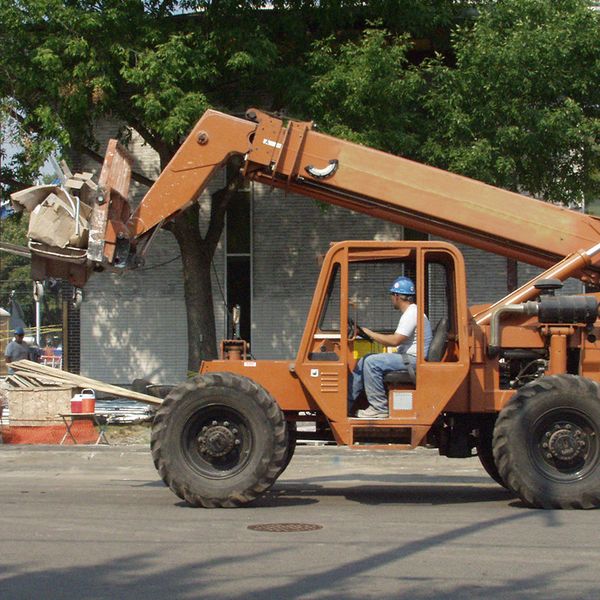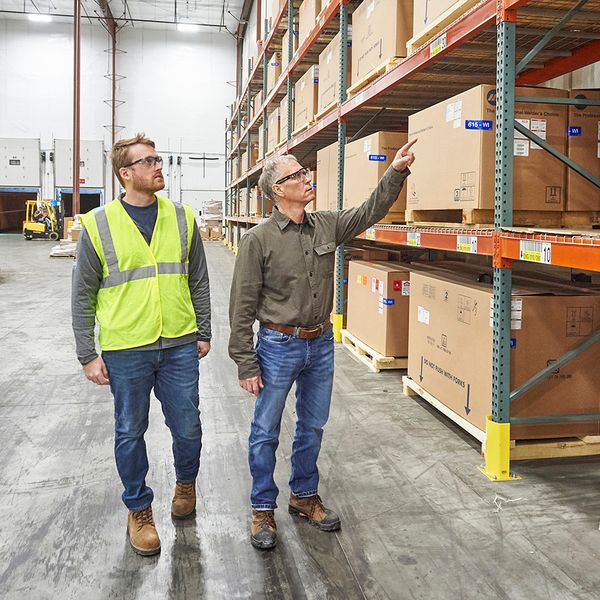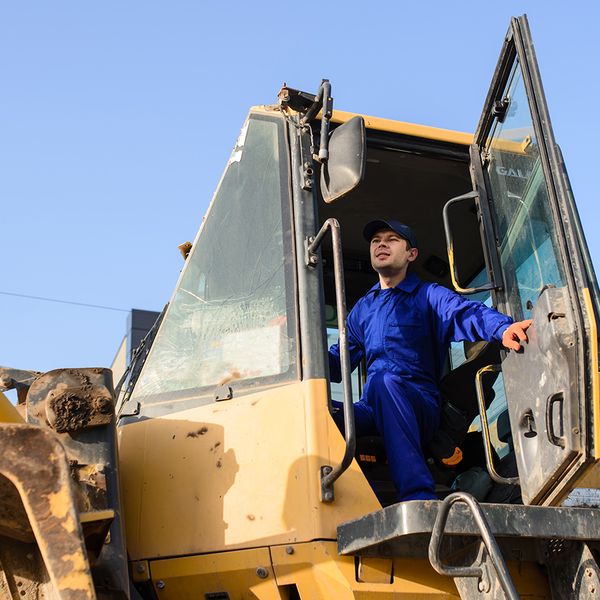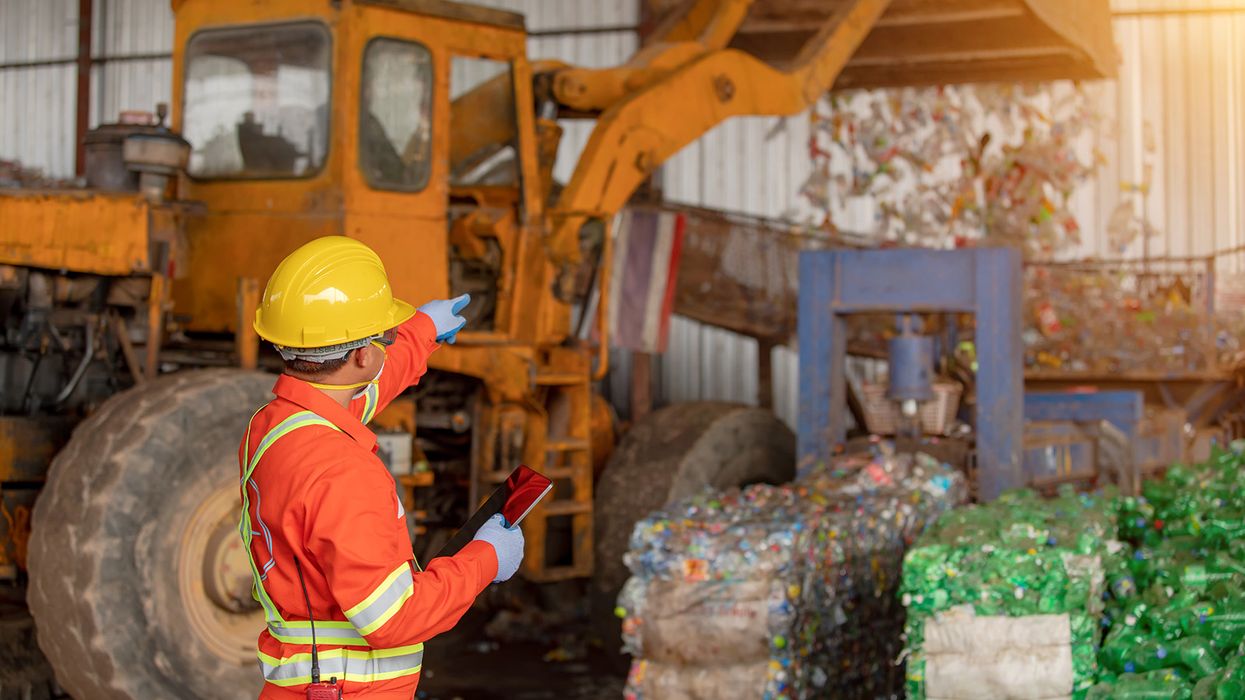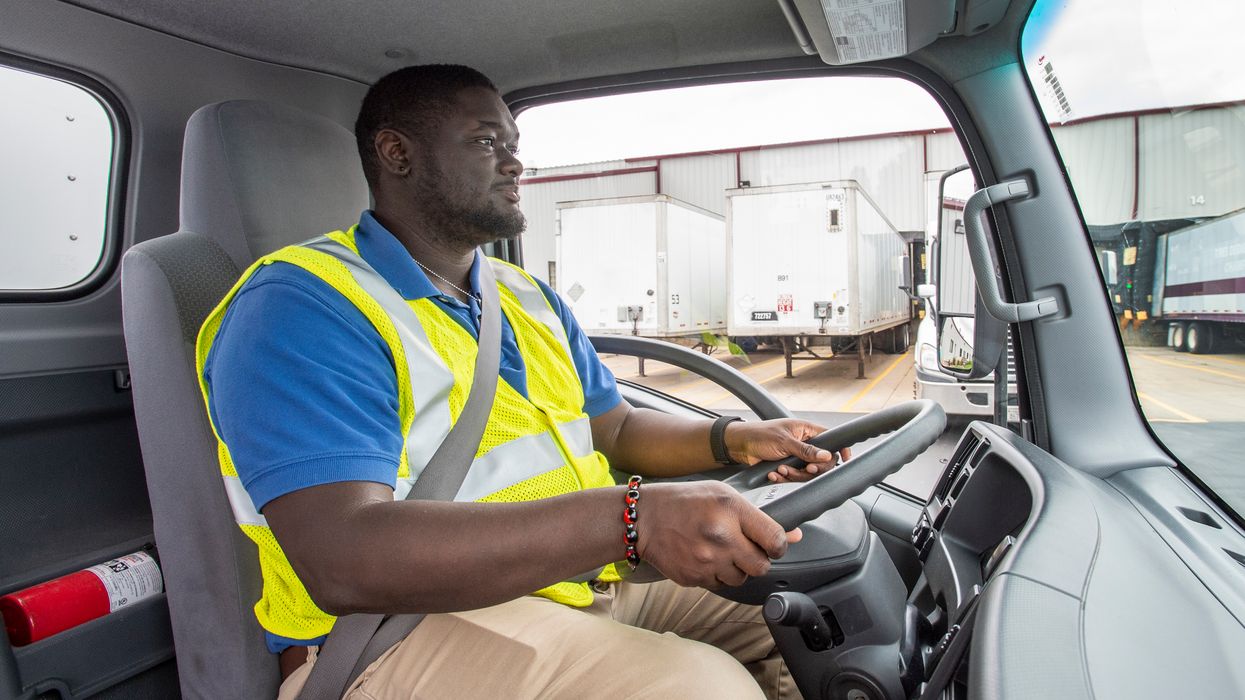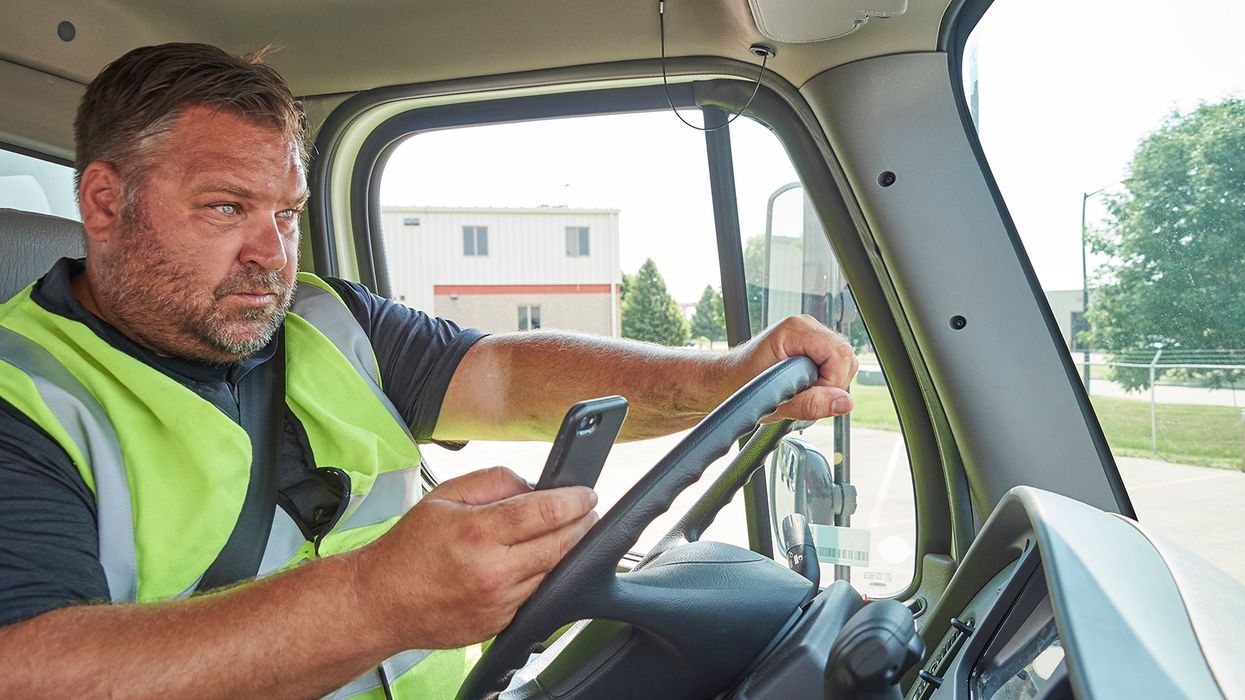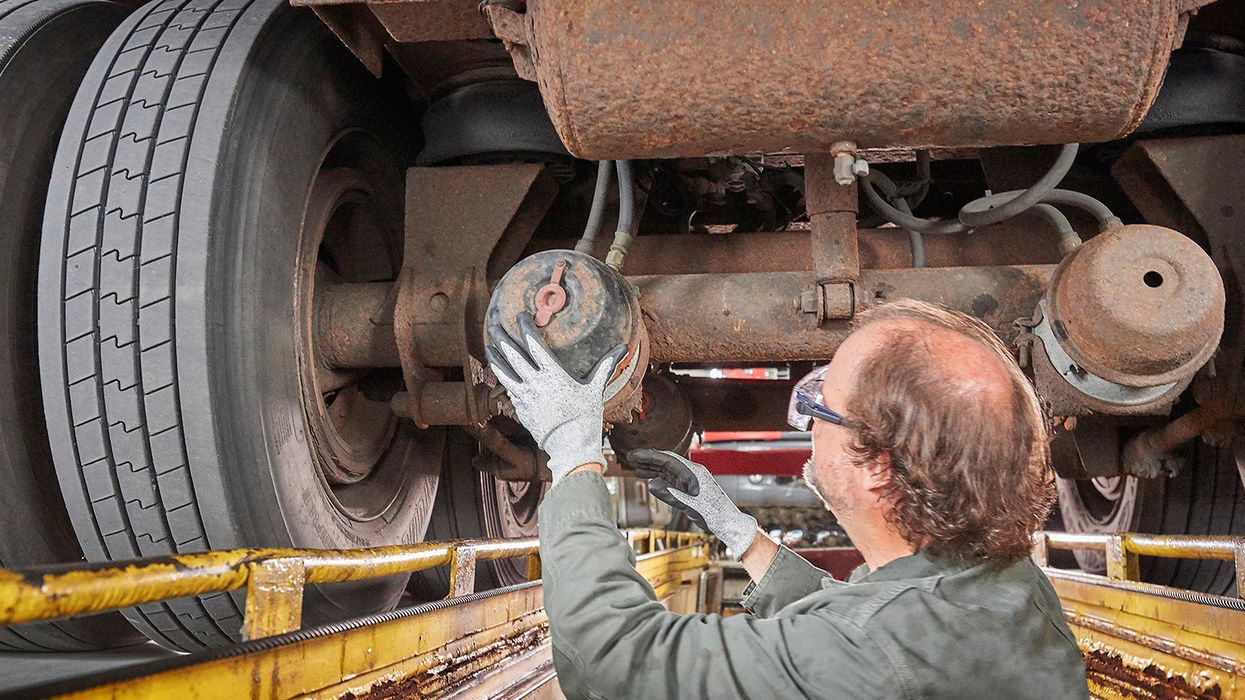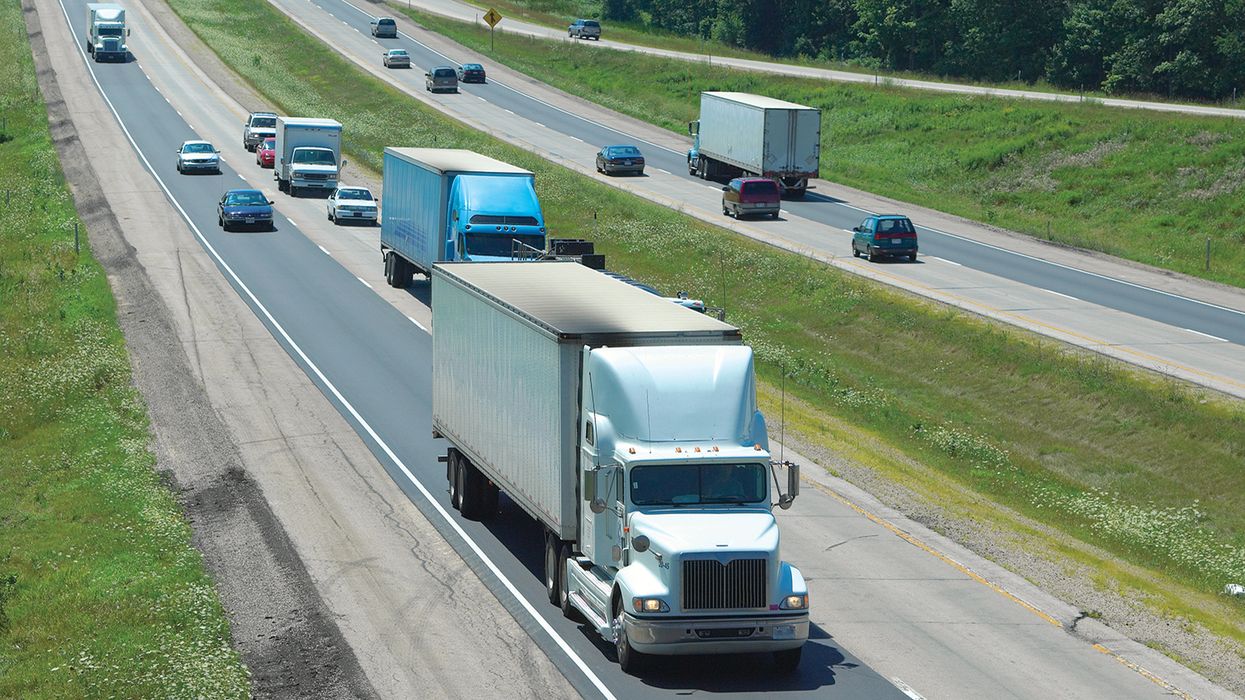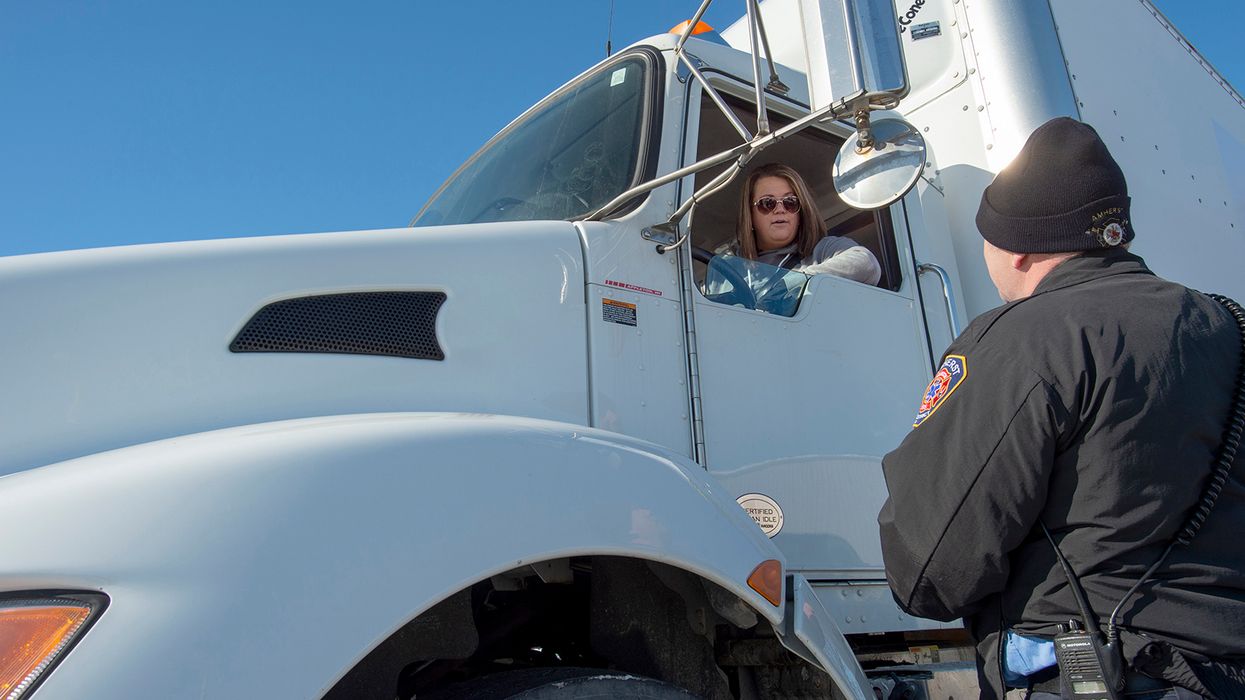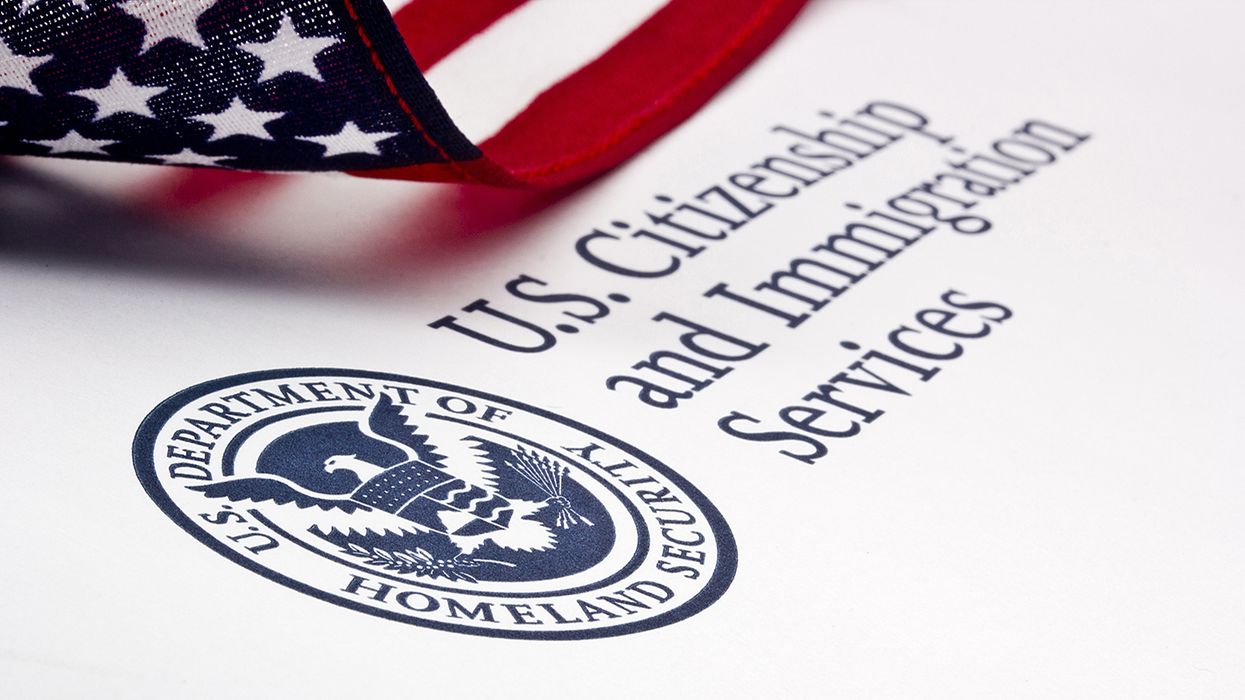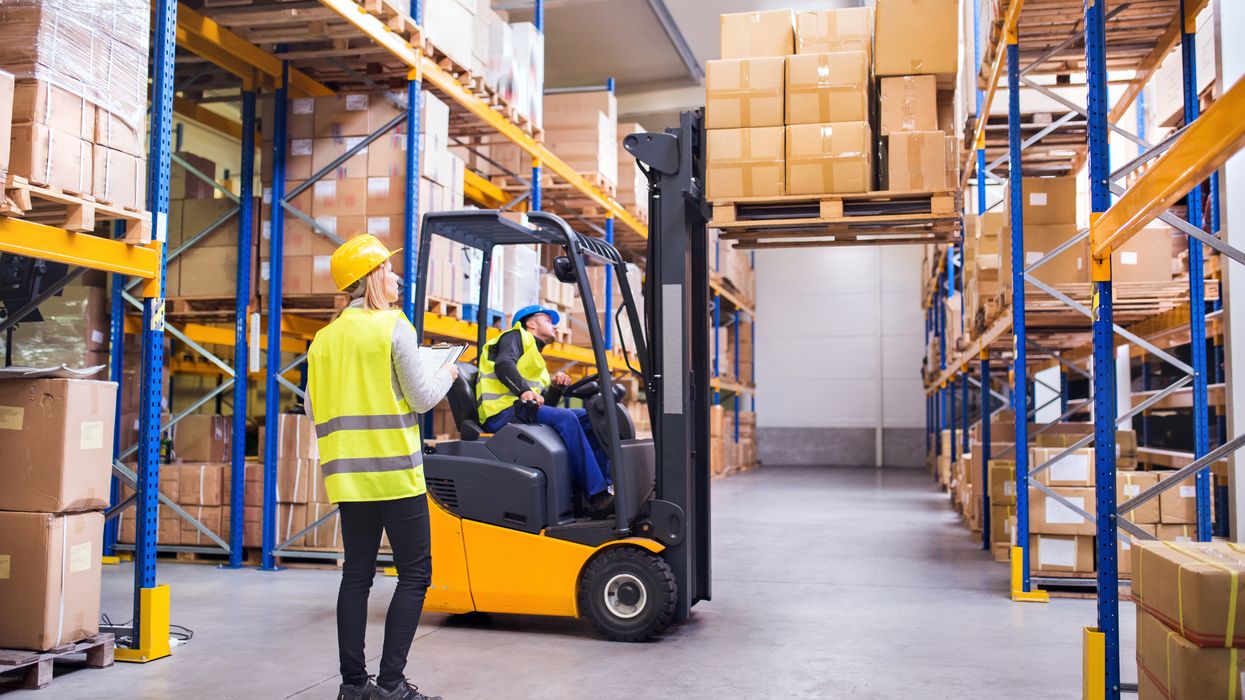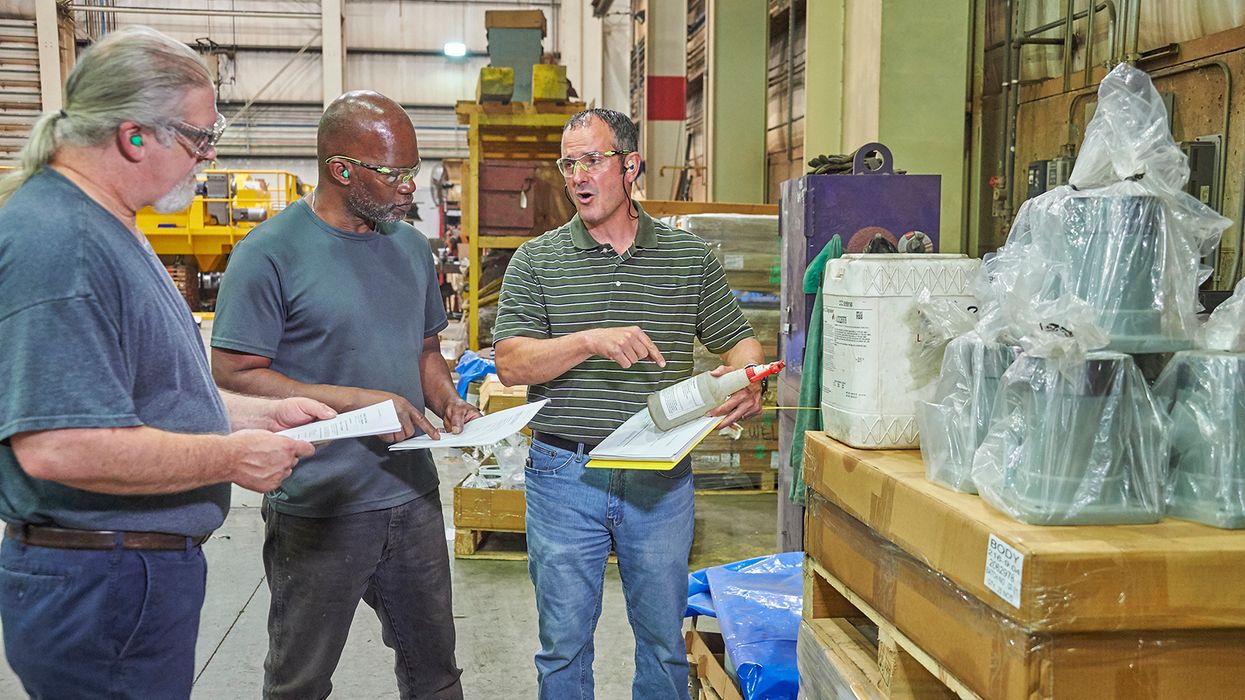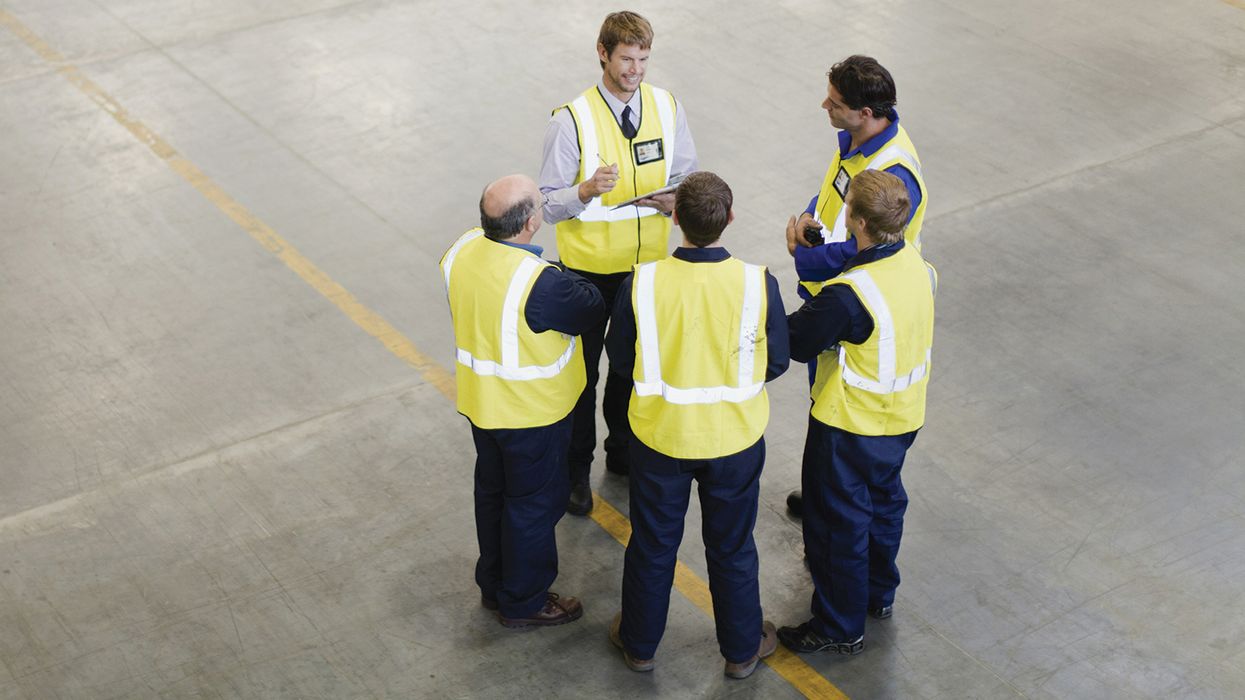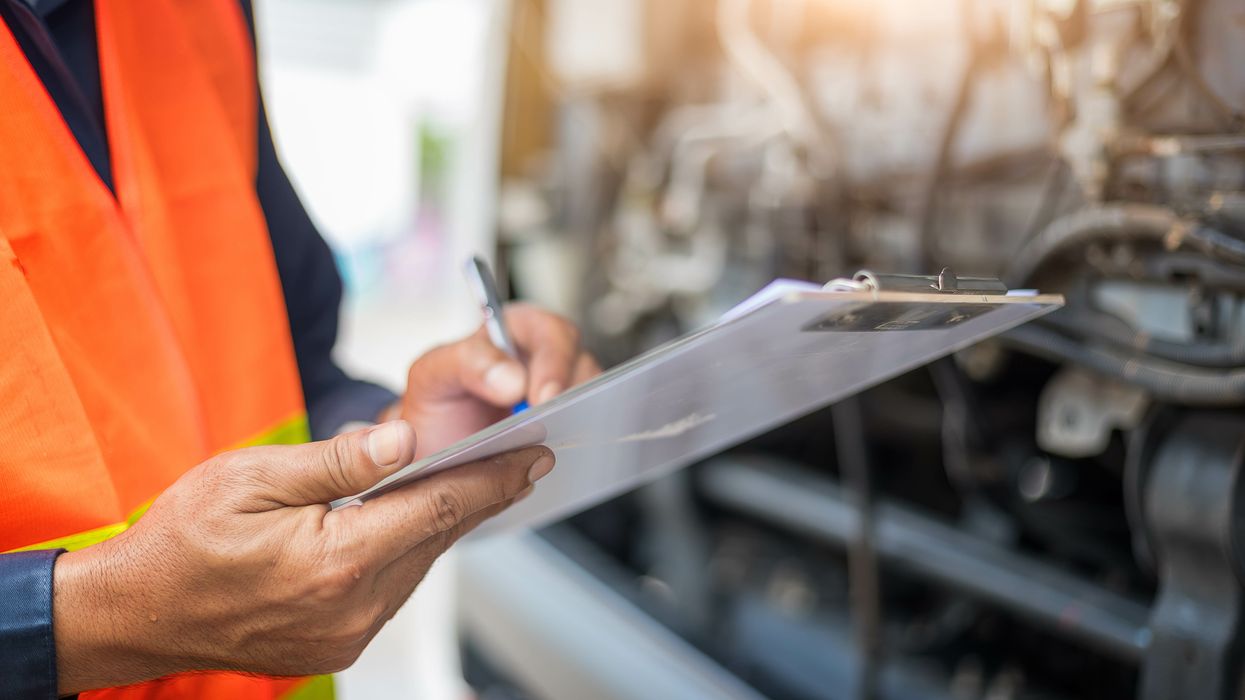Keep your heavy equipment and vehicles moving
The OSHA rules for heavy equipment are divided into two sections: motor vehicles and materials handling equipment. The motor vehicles section covers off-road vehicles and on-road vehicles such as dump trucks and pick-ups when they are off-road.
The materials handling section is further broken down into earth moving equipment such as scrapers, loaders, and dozers; and materials moving equipment such as forklifts and telescopic handlers. This article will help you see how OSHA approaches the safety rules for heavy equipment and what to look for while performing inspections.
General safety and health provisions
Using any machinery, tool, material, or equipment not complying with OSHA standards is prohibited. They must be identified as unsafe by tagging or locking the controls or be physically removed from the jobsite.
Only employees qualified by training or experience can operate equipment and machinery.
Motor vehicles and mechanized equipment general requirements
This section covers equipment in general. It discusses:
- Leaving equipment unattended at night.
- Using safety tire racks and cages when inflating tires.
- Suspending, blocking, and cribbing equipment to prevent falling or shifting during maintenance.
- Moving in the vicinity of power lines or energized transmitters, and
- Parking brakes, safety glass, and other safety equipment.
Motor vehicles
This section covers motor vehicles operating off-highway jobsites, not open to public traffic. This section discusses:
- Vehicle safety equipment such as brakes and lights,
- Horns and reverse signal alarms,
- Windshields and seat belts, and
- Inspections.
Earthmoving equipment
These rules apply to earthmoving equipment such as scrapers, loaders, crawlers, wheel tractors, bulldozers, off-highway trucks, graders, and similar equipment. This section covers:
- Seat belts,
- Roadways and grades,
- Brakes,
- Fenders,
- Rollover protective structures, and
- Horns.
Materials handling equipment
These rules apply to lift trucks, stackers, forklifts, handlers, and similar equipment. This section covers:
- Rated capacities,
- Modifications and additions,
- Steering mechanisms,
- Overhead guards, and
- Personnel platforms attached to forks.
The OSHA regulations and your operator’s manual are good companions and give you the tools you need to make your equipment operations and your jobsite safer.
Motor vehicles and mechanized equipment (General requirements) (1926.600)
Some inspection requirements for this section might look like these:
- Is all equipment left unattended at night have appropriate lights, reflectors, or barricades to identify location?
- Are all requirements of 1926.550(a)(15) being followed when equipment is used or moved in the vicinity of power lines?
Motor vehicles (1926.601)
This section covers motor vehicles that operate within an off-highway jobsite, not open to public traffic, including pickup trucks. Inspection requirements are:
- Check all vehicles at the beginning of each shift to ensure safety equipment and accessories are in safe operating condition and free of apparent damage that could cause failure while in use.
- Correct all defects before placing the vehicle in service.
Material handling equipment (1926.602)
These rules apply to earthmoving equipment such as scrapers, loaders, crawlers, wheel tractors, bulldozers, off-highway trucks, graders, tractors, and similar equipment.
There are no direct requirements for equipment inspection in this general requirements section. Some general inspection questions on a checklist might be:
- Are seat belts provided on all equipment required by 1926.602 to have seat belts?
- Are scissor points on all front-end loaders, which constitute a hazard to the operator during normal operation, guarded?
Ensure that operators and drivers follow all manufacturer safety and inspection recommendations and requirements. Many manufacturers will also include inspection checklists that operators and drivers can use to complete their routine safety inspections.
Key to remember
Using any machinery, tool, material, or equipment not complying with OSHA standards is prohibited. Only employees qualified by training or experience can operate equipment and machinery. An inspection of heavy equipment must be performed before each use.




